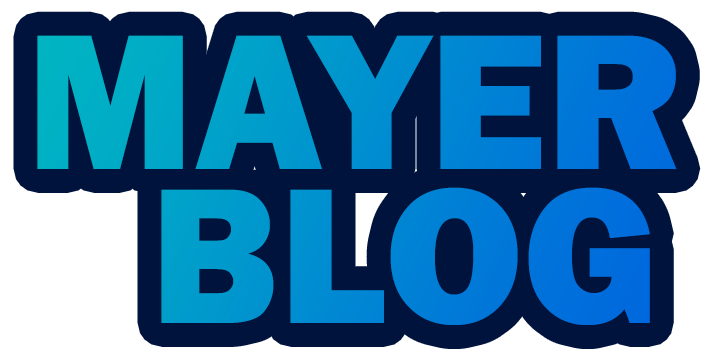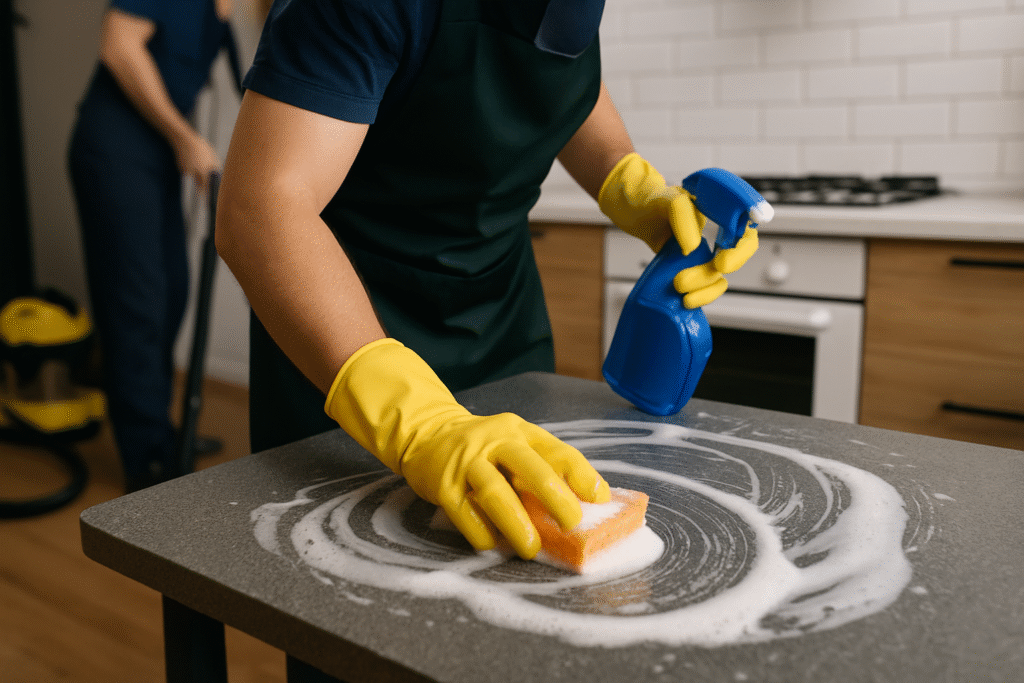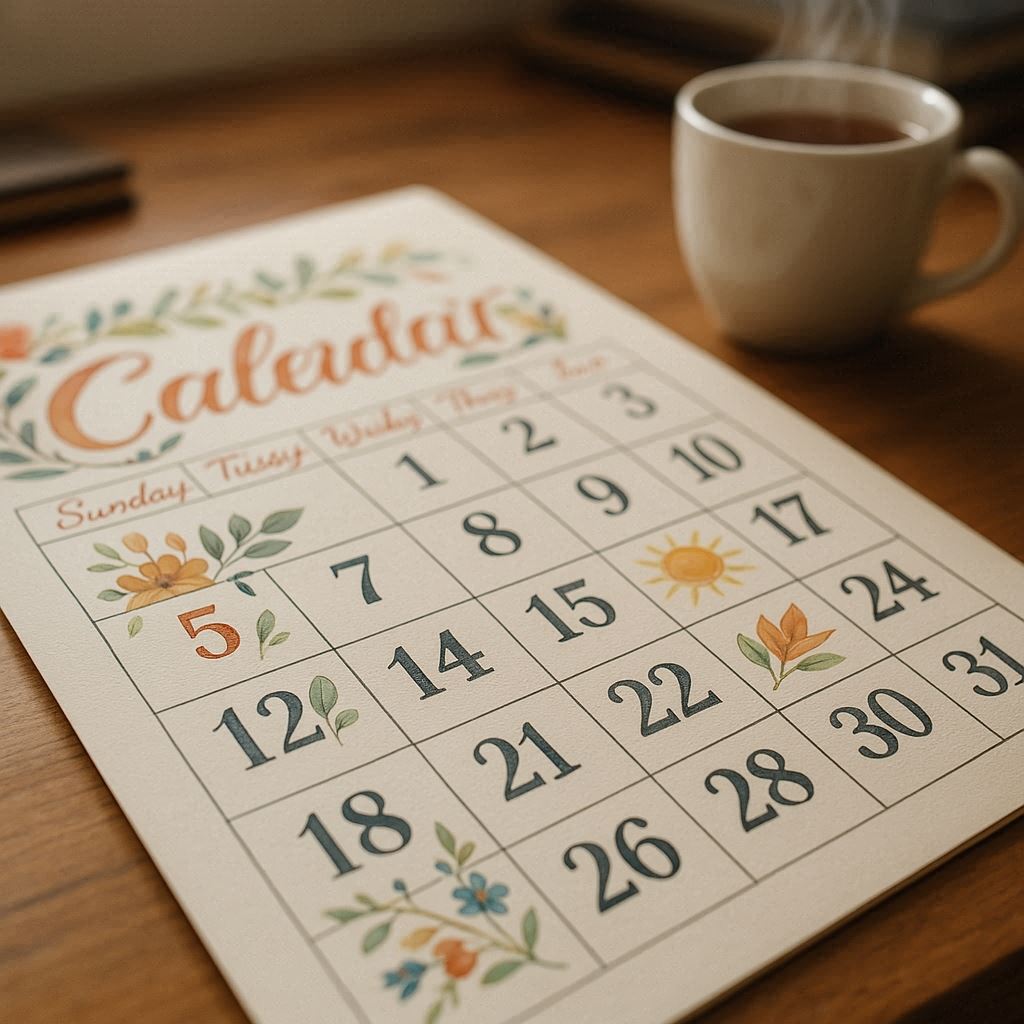Cleaning Tips for Individuals with Allergies
For individuals who suffer from allergies, keeping a clean home is not just about aesthetics—it’s essential for their health and well-being. Allergens such as dust, pet dander, pollen, and mould can trigger sneezing, itchy eyes, congestion, and other symptoms. Therefore, adopting the right cleaning practices can help alleviate these triggers and create a healthier environment.

In this article, we’ll provide practical cleaning tips specifically designed to help individuals with allergies reduce allergens in their homes and maintain a more comfortable living space.
1. Invest in High-Efficiency Particulate Air (HEPA) Filters
One of the most effective ways to reduce allergens in the home is by using HEPA filters in your vacuum cleaner and air purifiers. HEPA filters trap tiny particles like dust, pollen, pet dander, and other allergens that can float in the air or accumulate on floors and surfaces.
- Vacuum Cleaners: Ensure your vacuum cleaner is equipped with a HEPA filter to capture the finest dust particles. Regularly vacuum carpets, rugs, and upholstered furniture at least once or twice a week to remove allergens.
- Air Purifiers: Place an air purifier with a HEPA filter in bedrooms, living areas, or any spaces where you spend a lot of time. This can help remove airborne allergens, providing cleaner air in your home.
2. Clean Regularly to Prevent Dust Build-Up
Dust is a major allergen, and it can accumulate quickly on surfaces. Regular cleaning is essential to reduce the amount of dust in your home. Be sure to:
- Dust Surfaces Frequently: Use a damp cloth or microfibre cloth to wipe down surfaces. Dry cloths can stir up dust, which can worsen allergy symptoms. Pay attention to surfaces that are often overlooked, such as shelves, window sills, and baseboards.
- Clean Air Vents and Fans: Air vents, ceiling fans, and air conditioning units can accumulate dust and allergens. Regularly clean these areas to prevent dust from circulating in the air.
- Use a Microfibre Duster: Microfibre cloths and dusters are ideal for trapping dust rather than just pushing it around, which helps to reduce allergens in your home.
3. Wash Bedding, Curtains, and Cushions Frequently
Bedding, curtains, and cushions often trap allergens, such as dust mites, pet dander, and pollen. Washing these items regularly can significantly reduce the amount of allergens in your home.
- Bedding: Wash sheets, pillowcases, and blankets at least once a week in hot water (at a temperature of at least 60°C) to kill dust mites and remove allergens.
- Curtains and Cushions: Wash curtains or vacuum them regularly to prevent the build-up of dust. Similarly, throw pillows and cushions can harbour allergens, so it’s important to clean them frequently.
- Use Allergen-Proof Covers: Consider using hypoallergenic covers for pillows and mattresses to protect against dust mites and other allergens. These covers can act as a barrier, preventing allergens from settling on your bedding.
4. Maintain a Pet-Free Zone
While pets bring joy to our lives, they can also introduce allergens like pet dander, which can trigger allergic reactions. If you have pets, here are a few tips to reduce allergens:
- Designate Pet-Free Zones: Make certain areas of the home, such as the bedroom, pet-free zones. This can help minimise the exposure to pet dander while you sleep.
- Regular Grooming: Regularly groom pets by brushing their fur and bathing them to reduce the amount of dander they shed. It’s best to do this outside to prevent dander from spreading indoors.
- Vacuum and Clean Pet Areas: Regularly clean pet bedding, toys, and areas where pets spend the most time. Use a vacuum cleaner with a HEPA filter to effectively remove pet dander from carpets and furniture.
5. Control Humidity to Prevent Mould Growth
Mould can be a significant allergen for many individuals, and it thrives in damp environments. To prevent mould from growing in your home, it’s crucial to control humidity levels.
- Use a Dehumidifier: Consider using a dehumidifier in damp areas such as bathrooms, basements, and kitchens to reduce humidity and prevent mould growth. A relative humidity level between 30-50% is ideal for most homes.
- Fix Leaks Quickly: Repair any leaks in your home as soon as possible, whether they are in the roof, windows, or pipes, to prevent water from seeping into walls or floors and creating the ideal conditions for mould.
- Clean and Disinfect Damp Areas: Regularly clean and disinfect areas prone to mould, such as bathrooms, with an anti-mould solution. Ensure that shower curtains, tiles, and grout are kept dry to prevent the growth of mould.
6. Choose Allergen-Free Cleaning Products
Many commercial cleaning products contain chemicals or fragrances that can trigger allergy symptoms. Opting for natural, hypoallergenic cleaning products can help minimise your exposure to irritants.
- Natural Cleaning Alternatives: Use natural cleaning products such as vinegar, baking soda, and lemon to clean surfaces. These ingredients are effective at eliminating dirt and grime without causing allergic reactions.
- Fragrance-Free Products: If you must use commercial cleaning products, choose fragrance-free or hypoallergenic options to avoid any chemical or scent-related irritants.
7. Use Natural Air Fresheners
Traditional air fresheners and candles often contain synthetic chemicals and fragrances that can worsen allergy symptoms. Instead, opt for natural alternatives to keep your home smelling fresh.
- Essential Oils: Diffusing essential oils such as lavender, eucalyptus, or lemon can help freshen the air without the use of harsh chemicals. Always use oils that are known for their allergy-friendly properties.
- Baking Soda and Vinegar: Baking soda can be used to absorb unwanted odours, while vinegar can neutralise smells. Both are natural, effective alternatives to chemical air fresheners.
8. Keep Windows Closed During High Pollen Seasons
Pollen can be a major allergen for individuals with seasonal allergies. During peak pollen seasons, it’s best to keep windows closed, especially during early mornings or late afternoons when pollen levels tend to be higher.
- Use Air Conditioning: If possible, use air conditioning to maintain a comfortable indoor temperature while keeping pollen out. Be sure to clean your air conditioning units regularly and change the filters frequently.
- Wash Hands and Change Clothes: After spending time outdoors, wash your hands and change your clothes to remove any pollen that may have settled on you.
For individuals with allergies, cleaning is not just about keeping your home tidy—it’s about creating an environment that helps alleviate allergy symptoms and promotes overall health. By following these cleaning tips, you can reduce allergens in your home, minimise your exposure to irritants, and create a more comfortable and healthier living space.
Regular cleaning, along with the use of hypoallergenic products and strategies to control humidity and allergens, can make a significant difference in your allergy management. By adopting these tips, you can enjoy a fresher, cleaner, and allergy-friendly home.




